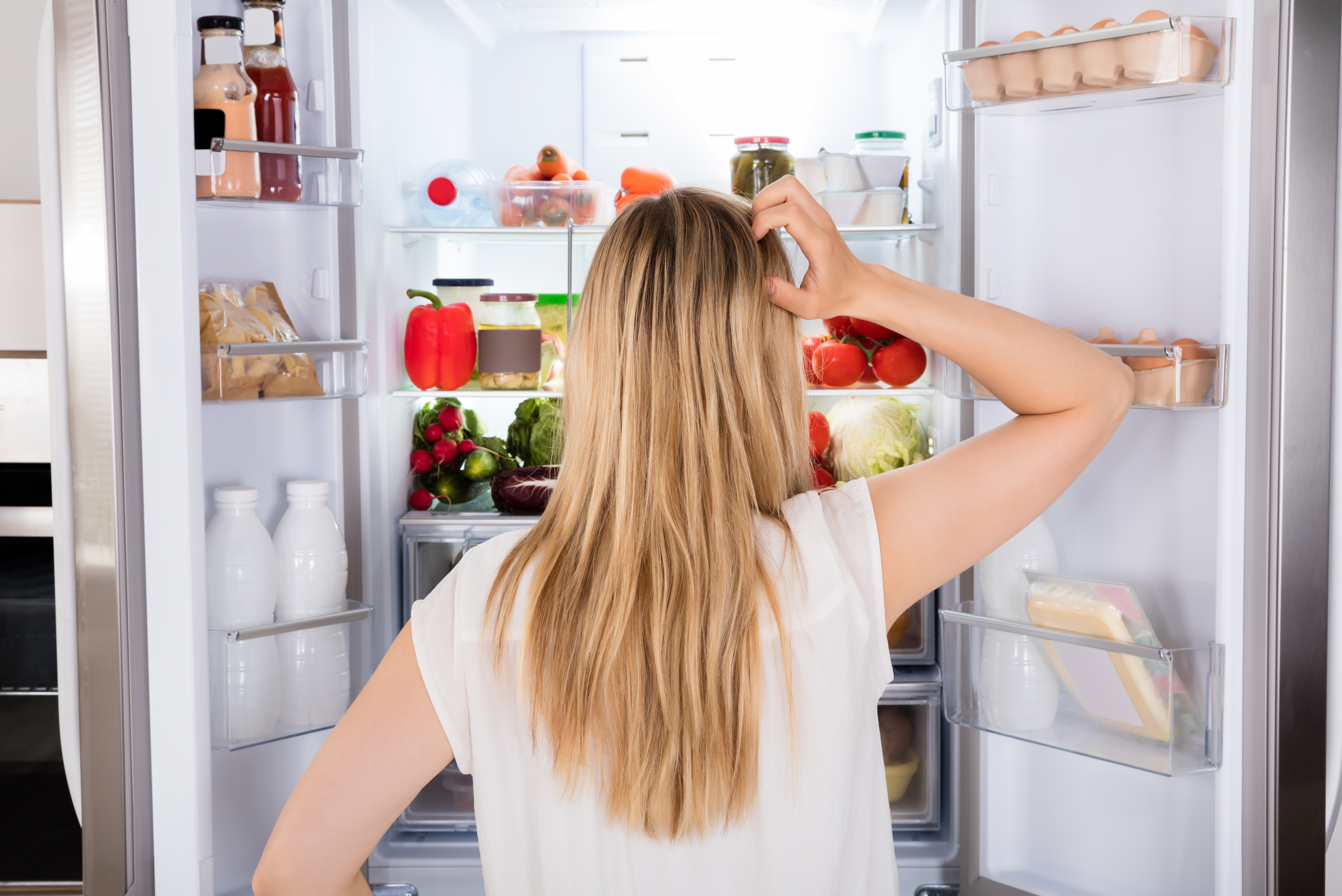
In the midst of this pandemic, you are likely taking extra precautions to keep you and your family safe and prepared, including making sure you have everything you need at home. When it comes to food, how can we achieve this while ensuring we stay healthy and minimizing the stress and mistakes that often come with meal planning? This article contains information on food planning, including what to buy, how much to buy, and preparation tips to help keep you on track.
PLUS: Read on for a free downloadable Weekly Meal Planning Guide!
Check what you have at home first
Take a look at the foods you already have in your refrigerator, freezer, and pantry. (Don’t forget to look at expiration dates and best before dates!) This will help you plan meals around what you already have, and will help you limit the number of trips to the grocery store and avoid spending money on items you don’t need.
Make a grocery list
Shopping feels a lot more stressful than usual right now. Make a list ahead of time to stay focused, get the items you need, and keep your shopping trip short. Since stores may not have some specific items, create a list with general items like “fruit” or “bread.”
How much should I buy?
As scary as these times can be, resist the urge to buy in much larger quantities as this results in supply shortages and all too often, unnecessary wasted food & resources. It can also result in overeating. (Ever finished an entire bag of chips just because it was there? Now imagine what might happen if you have 6 bags of chips waiting for you in the cupboard.) Prepare a shopping list that will cover you and everyone in your household for 1-2 weeks.
Include fresh, frozen, and non-perishable items
Plan for a mix of fresh, frozen, and shelf-stable foods. Eat your fresh food first. Stock your freezer and pantry with items you can eat in the second week and beyond.
What foods should I buy?
Choose a mix of shelf-stable, frozen and fresh foods. Examples of shelf-stable foods include pastas, rice, legumes, nut butters, and dried and canned goods. Frozen options to think about might be breads, meats, vegetables and fruits. With fresh foods, buy a variety in quantities that you would normally buy. Remember to include the special needs of all family members, including pets, infants, or those with dietary restrictions. If you’re following a Ewyn® Weight Loss Studio meal plan, refer to your meal plan food list.
What should I make?
While everyone is home together, you may feel inclined to try a new recipe or experiment with new flavors to keep things interesting. For others, sticking to simple items or familiar foods and tastes provides comfort. Plan what works for you and your family.
To help you plan your meals, track your inventory, and prepare your grocery shopping list for the week, we’ve prepared this handy Weekly Meal Planning Guide as a free download. Print one out and get started this week!
Struggle with weekends? Nicola D., International Service Supervisor at Ewyn®, says: “If I have clients who struggle with sticking to their meal plan on weekends, I tell them to treat Saturdays and Sundays like regular ‘work days’, then prep their meals accordingly. That way, their food is ready to go and they’re far less likely to fall off track on weekends.”
Time to start planning!

